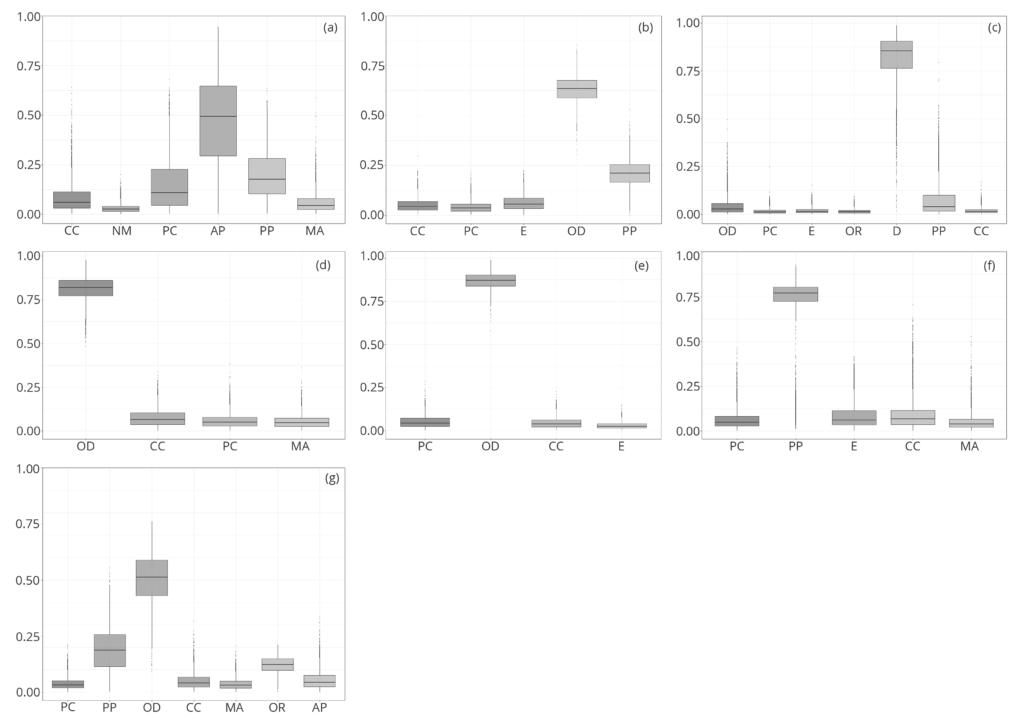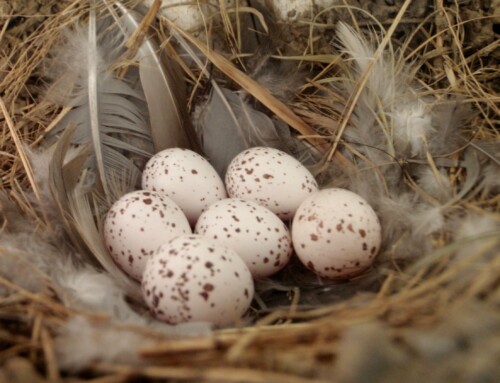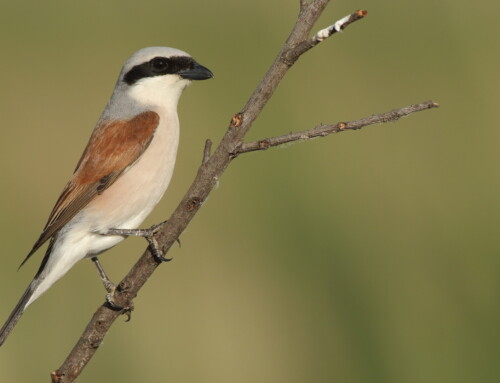LINKED PAPER
Unravelling diet composition and niche segregation of colonial waterbirds in a Mediterranean wetland using stable isotopes. Antón-Tello, M., Britto, V.O., Gil-Delgado, J.A., Rico, E., Dies, J.I., Monrós, J.S. & Vera, P. 2021 IBIS. DOI: 10.1111/ibi.12928 VIEW
 L’Albufera de València is a key wetland for aquatic birds during their annual cycle. Its importance for the conservation of this group of birds is closely linked to the environmental quality of rice fields. In fact, the rice field is the feeding area for many species of waterbirds during the breeding period (such as herons, ibis, gulls, terns and waders), species that represent one of the main conservation values that motivates the protection of l’Albufera on a regional and international scale.
L’Albufera de València is a key wetland for aquatic birds during their annual cycle. Its importance for the conservation of this group of birds is closely linked to the environmental quality of rice fields. In fact, the rice field is the feeding area for many species of waterbirds during the breeding period (such as herons, ibis, gulls, terns and waders), species that represent one of the main conservation values that motivates the protection of l’Albufera on a regional and international scale.
During the last years, the monitoring of breeding waterbirds in L’Albufera de València has shown that species that feed in the rice field such as the Grey Heron, the Western Cattle Egret or the Little Egret not only experience significant population declines, but also show low productivity. For example, in the last 5 years there were an average of 0.63 Grey Heron, 1.99 Little Egret and 1.48 Western Cattle Egret fledgings per nest (own data), very far from the numbers recorded at the beginning of the 1990s, when these values were double or triple. As these species depend exclusively on the rice field to feed their chicks, these data represent an important call for attention to the ability of the rice field to maintain populations of breeding herons in a good state of conservation.
Some species show the deterioration of trophic resource quality in rice fields
In light of this situation, we developed a pioneering study in l’Albufera to know the diet of the chicks of colonial waterbirds (Grey Heron Ardea cinerea, Little Egret Egretta garzetta, Western Cattle Egret Bubulcus ibis, Squacco Heron Ardeola ralloides, Glossy Ibis Plegadis falcinellus, Black-headed Gull Chroicocephalus ridibundus and Gull-billed Tern Gelochelidon nilotica) by determining stable isotopes of carbon (δ13C) and nitrogen (δ15N) in their blood and potential prey, using Bayesian stable isotope mixing models.
In rough outlines, data showed that most species feed their chicks with dragonfly larvae as an important part of their diet, a low-energy component and so not suitable for the growth of chicks. This was observed mainly in generalist species, such as Gull-billed Tern and Glossy Ibis, which chose prey based on its local abundance and suitability to feed to their chicks.
The importance of odonates in the diet of various species, according to our results, and since they are energetically less suitable for feeding chicks than other trophic resources higher up the trophic chain, would support the hypothesis that a shortage of rice field resources satisfying the energy requirements of breeding waterbirds may be behind the low productivity experienced by some species, especially those that intensively depend on rice fields to feed their chicks.
 Figure 1 Proportion of each of the potential prey items in the diet of different target species with 95% Bayesian credibility intervals. (a) Grey Heron Ardea cinerea; (b) Little Egret Egretta garzetta; (c) Western Cattle Egret Bubulcus ibis; (d) Squacco Heron Ardeola ralloides; (e) Glossy Ibis Plegadis falcinellus; (f) Black-headed Gull Chroicocephalus ridibundus; (g) Gull-billed Tern Gelochelidon nilotica. Potential prey on the horizontal axis: AP: Anas platyrhynchos; CC: Cyprinus carpio; D: Dermaptera (Forficulidae, adults); E: Diptera (Ephydridae, maggots); MA: Misgurnus anguillicaudatus; NM: Natrix maura; PC: Procambarus clarkii; PP: Pelophylax perezi; OD: Odonata (Libellulidae, adults); OR: Orthoptera (Acrididae, adults).
Figure 1 Proportion of each of the potential prey items in the diet of different target species with 95% Bayesian credibility intervals. (a) Grey Heron Ardea cinerea; (b) Little Egret Egretta garzetta; (c) Western Cattle Egret Bubulcus ibis; (d) Squacco Heron Ardeola ralloides; (e) Glossy Ibis Plegadis falcinellus; (f) Black-headed Gull Chroicocephalus ridibundus; (g) Gull-billed Tern Gelochelidon nilotica. Potential prey on the horizontal axis: AP: Anas platyrhynchos; CC: Cyprinus carpio; D: Dermaptera (Forficulidae, adults); E: Diptera (Ephydridae, maggots); MA: Misgurnus anguillicaudatus; NM: Natrix maura; PC: Procambarus clarkii; PP: Pelophylax perezi; OD: Odonata (Libellulidae, adults); OR: Orthoptera (Acrididae, adults).
On the other hand, in a remarkable way, the Red Swamp Crayfish does not form an important part of the diet of target species (and especially not for generalists whose diet depends on the availability of prey in rice fields), amphibians and odonates, as a group, being more relevant. The fact that the Red Swamp Crayfish has experienced a significant decline in rice fields, as is apparent from various forms of indirect evidence, would mean the reduction in availability within rice fields of a traditionally abundant and energetic food, and would be an obvious reason for the decline in number of breeding pairs and low productivity of those species that depend most on rice fields for feeding their chicks, such as the Grey Heron, the Western Cattle Egret or the Little Egret.
Trophic niche segregation in colonial waterbird
For the moment, results show a slight overlap of trophic niches due to the consumption of odonates and cyprinids. However, competition between species does not seem to be a problem since each one uses the different trophic resources of the rice field in a complementary way. Thus terrestrial prey, small fishes, other insects and amphibians avoid, at least for now, major competition problems.
At the extremes are Western Cattle Egret, which shows a diet more closely linked to terrestrial environments and feeds on organisms from the lower part of the trophic chain (invertebrates); Glossy Ibis, the species most closely linked to freshwater environments; and Grey Heron, showing a diet based on other vertebrates, including fish, amphibians, and chicks from other birds. Meanwhile, Black-headed Gull and Gull-billed Tern focus on amphibians.
 Figure 2 Representation of isotopic niches using a stable isotope Bayesian ellipse model in R (Jackson et al. 2011). Isotopic data are presented as a δ13C – δ15N bi-plot, where mean δ13C and δ15N isotopic values (includes standard deviation) for blood samples obtained in each target species may be represented in d-space (Newsome et al. 2007), and this delineates a species isotopic niche (Jackson et al. 2011, Syväranta et al. 2013). (a) Grey Heron Ardea cinerea (dark blue); (b) Little Egret Egretta garzetta (black); (c) Western Cattle Egret Bubulcus ibis (red); (d) Squacco Heron Ardeola ralloides (green); (e) Glossy Ibis Plegadis falcinellus (light blue); (f) Black-headed Gull Chroicocephalus ridibundus (pink); (g) Gull-billed Tern Gelochelidon nilotica (yellow).
Figure 2 Representation of isotopic niches using a stable isotope Bayesian ellipse model in R (Jackson et al. 2011). Isotopic data are presented as a δ13C – δ15N bi-plot, where mean δ13C and δ15N isotopic values (includes standard deviation) for blood samples obtained in each target species may be represented in d-space (Newsome et al. 2007), and this delineates a species isotopic niche (Jackson et al. 2011, Syväranta et al. 2013). (a) Grey Heron Ardea cinerea (dark blue); (b) Little Egret Egretta garzetta (black); (c) Western Cattle Egret Bubulcus ibis (red); (d) Squacco Heron Ardeola ralloides (green); (e) Glossy Ibis Plegadis falcinellus (light blue); (f) Black-headed Gull Chroicocephalus ridibundus (pink); (g) Gull-billed Tern Gelochelidon nilotica (yellow).
Agri-environmental measures need a critical review in rice fields
From the results obtained, the overlapping of trophic niches between different species, the rarefaction of the Red Swamp Crayfish and a less optimal diet in energy terms make even more evident the need to consider, in a satisfactory way, rice fields as one more element of the aquatic ecosystem. Thus, agri-environmental schemes, which reward farmers for implementing agronomic measures that promote biodiversity in rice fields, must be critically reviewed and include in their design specific measures that promote biodiversity on rice fields, by avoiding the use of harmful chemicals to invertebrates, anoxic processes and prolonged periods of drought in rice fields and channels prior to the beginning of cultivation, which currently takes place in l’Albufera de València between 2.5 and 6 months, depending on their location.
References
Gómez-López, J.A. 2021. Censos de Aves Acuáticas Nidificantes en las Zonas Húmedas de la Comunitat Valenciana. Informe técnico. Servici de Vida Silvestre, Direcció General de Medi Natural i d’Avaluació Ambiental. Conselleria d’Agricultura, Medi Ambient, Camvi Climàtic i Desenvolupament Rural. Generalitat Valenciana.
Newsome, S.D., Martınez del Rio, C., Bearhop, S. & Phillips, D.L. 2007. A niche for isotopic ecology. Frontiers in Ecology and the Environment 5: 429–436. VIEW
Jackson, A.L., Inger, R., Parnell, A.C. & Bearhop, S. 2011. Comparing isotopic niche widths among and within communities: SIBER – Stable Isotope Bayesian Ellipses in R. Journal of Animal Ecology 80: 595–602. VIEW
Syväranta, J., Lensu, A., Marjomäki, T.J., Oksanen, S. & Jones, R.I. 2013. An empirical evaluation of the utility of convex hull and standard ellipse areas for assessing population niche widths from stable isotope data. PLoS ONE 8: e56094. VIEW
Image credit
Top right: Squacco Heron Ardeola ralloides © Pablo Vera




